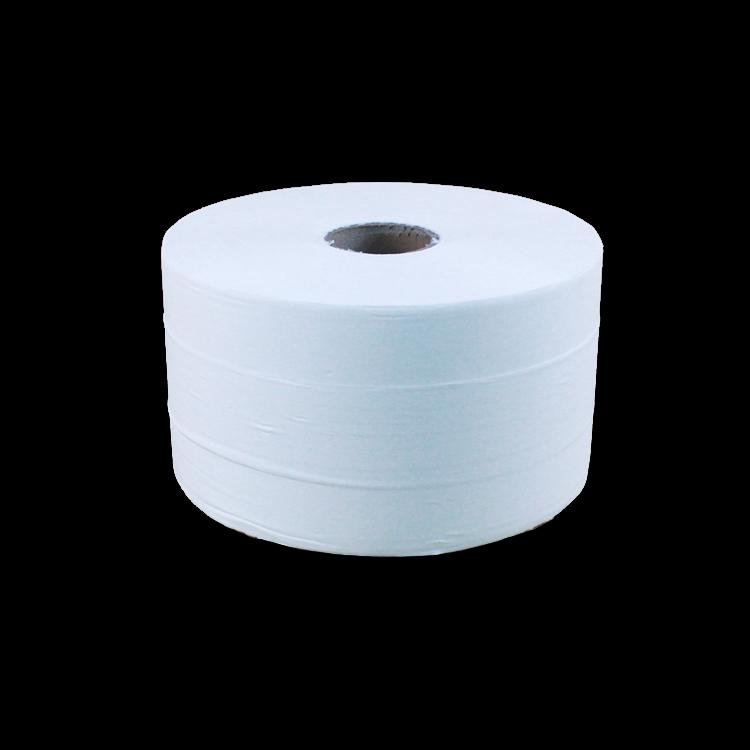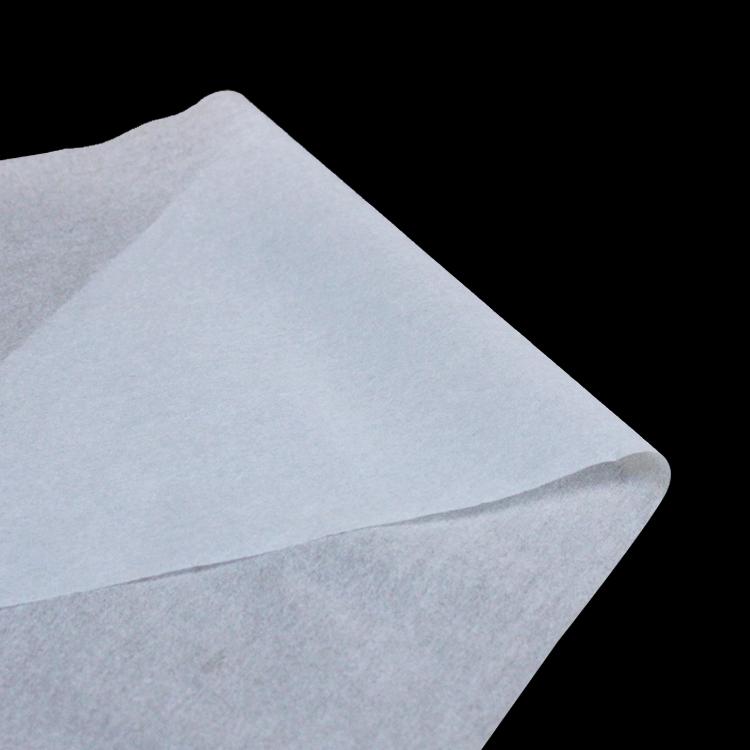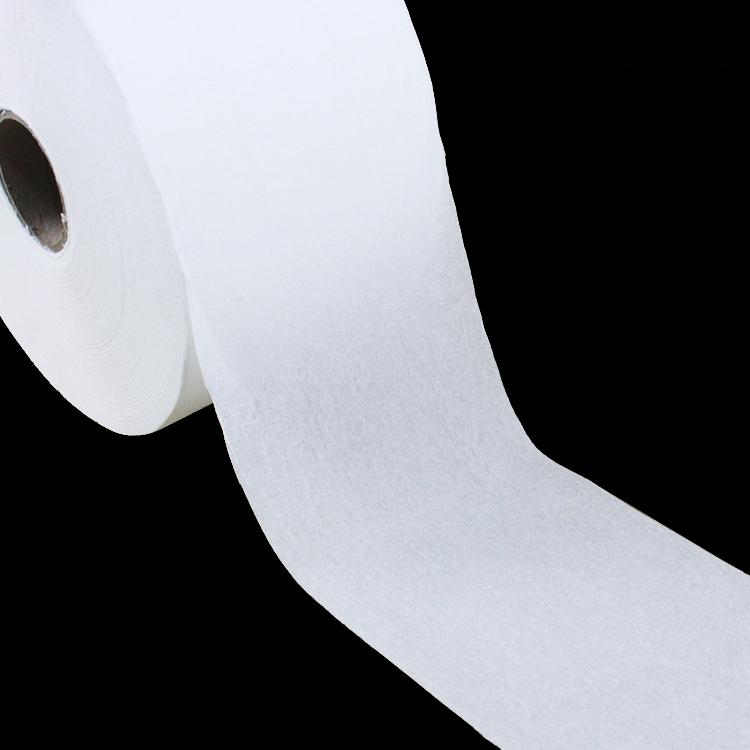Author:Baby & Adult Diaper Materials FROM:Diaper Materials Manufacturer TIME:2023-03-07
The following is a brief introduction to sanitary pad raw materials.
Sanitary pads are divided into two types according to the surface layer: cotton surface layer and dry surface layer. All sanitary pad products with soft cotton surface on the market use not real cotton, but chemical fiber, which requires chemical adhesive bonding and fluorescent whitening agent bleaching. The real natural cotton fiber is made by the spunlace non-woven process, bleached with hydrogen peroxide, and does not contain chemical adhesives and fluorescent agents, so it is truly natural, non-irritating and non-allergenic. The dry surface is the most unreliable. It is purely made of PE plastic film, which will cause sensitization damage to delicate skin.
The role of the second lining non-woven fabric, one is the diversion, and the other is the moisture barrier. Ordinary sanitary pads will be lined with a thin layer of chopped non-woven fabrics, or some simply do not save costs.
High-end sanitary pads should not only use secondary linings, but also choose large-area, high-fluffy, long-fiber non-woven fabrics, which will help the towel body to be dry, evenly absorbed, and not deformed.

Wood pulp: Wood fibers have a large number of irregular voids. These natural voids are super hydrophilic and can hold a larger amount of water. In fact, its biggest function is not to absorb water, but to suck blood. Since wood pulp is the largest amount of all materials in sanitary pads, it is reluctant to destroy defective products, and there are also bad manufacturers who use recycled cotton to produce.
Polymer: Super absorbent resin is a new type of functional polymer material. It has a high water absorption function of absorbing water hundreds to thousands of times heavier than itself, and has excellent water retention performance. Once it absorbs water and swells into a hydrogel, it is difficult to separate the water even if it is pressurized. However, the polymer water absorbent resin is not suitable for absorbing viscous liquid, and the price is high, accounting for 20-30% of the absorbent material of the sanitary pad. Many ultra-thin sanitary pads on the market do not contain wood pulp. They are simply coated with toilet paper as an absorber. Although they are made very thin, their actual blood-sucking function is very poor.
The bottom film of sanitary pads is divided into two types: non-breathable and breathable. Ordinary sanitary pads use plastic cast film as the bottom film, which is airtight but cheap, and is prone to sultry heat and allergies. The breathable type adopts polyethylene microporous breathable membrane, which is characterized by breathability and impermeability, and baby diapers are the most used. Because the price is more expensive, and at the same time, the breathable film has high requirements on the adhesive, and only high-end sanitary pads are willing to use them.

All materials should be glued into a sanitary pad, and the sanitary pad should be attached to the underwear using hot melt adhesive. Ordinary hot melt adhesive is used for the bottom film, and low temperature adhesive is used for the breathable film, which is slightly more expensive. The raw material of hot melt adhesive, petroleum resin, must be bleached to be colorless and transparent. When used for back glue, it will produce a strong fluorescent effect. Due to migration on underwear, consumers demand defluorescence. Due to the increase in the price of defluorescence, ordinary sanitary pads are generally not used.
In summary, sanitary pads mainly use the above raw materials. Knowing about sanitary pad raw materials are helpful for women to choose sanitary pads better.


 Email: info@whldiapernonwoven.com
Email: info@whldiapernonwoven.com
 MP/WhatsApp: +86-13599937366
MP/WhatsApp: +86-13599937366
 Manufacturer Address:Room 1105B, Bld M1, Manhattan, Yulongwan, Shimao, Shuanglong Road, Meiling Street, Jinjiang, Fujian, China
Manufacturer Address:Room 1105B, Bld M1, Manhattan, Yulongwan, Shimao, Shuanglong Road, Meiling Street, Jinjiang, Fujian, China